| Chairman of Vietnam Textile and Apparel Association stated the reason why investment in green transformation is still modest. Textile and garment exports to the EU have decreased sharply. What does the Chairman of Vietnam Textile and Apparel Association recommend? |
Mr. Vu Duc Giang, Chairman of the Vietnam Textile and Apparel Association (VITAS), had an interview with reporters of the Industry and Trade Newspaper about the achievements of the textile and garment industry in the first 9 months of 2023.
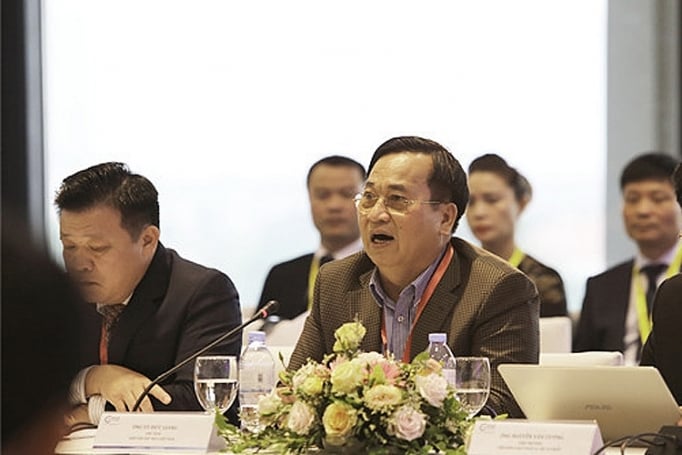 |
| Mr. Vu Duc Giang - Chairman of Vietnam Textile and Apparel Association |
Sir, how has the decrease in market demand affected the export results of the textile and garment industry in the first 9 months of the year?
In 2023, Vietnam's textile and garment exports will face many difficulties due to many factors such as inflation and political instability, which will restrain consumer spending from Vietnam's major export markets, while textiles and garments, which are not essential goods, will see a decrease in orders. Preliminary estimates show that by the end of September 2023, Vietnam's textile and garment exports will reach about 30.25 billion USD, down 12% compared to the same period in 2022.
Regarding export markets, in the first 9 months of 2023, Vietnam's textile and garment products were exported to 71 countries and territories. Currently, the US is still the largest market, accounting for over 40% of the market share of Vietnam's textile and garment industry, followed by Japan, the EU, South Korea, China...
In general, the above markets all recorded a sharp decrease in turnover due to a decrease in demand. For example, the EU market only reached 2.3 billion USD in the first 7 months of 2023, down 9.6% over the same period. In August 2023, exports decreased even more sharply, reaching only 330 million USD, down 17% over the same period, and September 2023 also decreased sharply due to a sharp decrease in orders from major partners such as Decathlon, Nike, and Adidas.
In the “gray” picture of the market in the first 9 months of this year, the market bloc of countries with the Comprehensive and Progressive Agreement for Trans-Pacific Partnership (CPTPP) such as Japan, Canada, Australia, and New Zealand became “bright spots” when recording high growth. Also in the first months of 2023, we opened many new markets in Africa and the Middle East. This contributed to helping the industry's turnover not decrease sharply in the context of a sharp decline in market demand.
As you shared, the US is a market that accounts for 40% of the textile industry’s market share. Recently, according to forecasts from some financial institutions, this market is experiencing a “rock bottom” inventory index. So is this a positive signal for the textile industry in the near future?
It is true that the US market has recorded a reduction in inventories. However, we believe that this reduction in inventories is not commensurate with the sharp decline in purchasing power of US consumers. Therefore, in the short term, the reduction in inventories may only help textile and garment exports increase slightly, but there will not be a breakthrough in orders like in 2019 and 2021.
We are currently looking at orders for 2024 in some EU markets. However, overall market purchasing power has not improved much.
With the current difficult situation, do you think the textile and garment industry will be able to meet its export target by the end of 2023?
The industry's export target for this year is still set at 40 billion USD. This is a challenging figure in the current context, but we believe it is achievable.
And to complete the goal, businesses are still promoting the solutions that the Association has oriented the market from the beginning of the year such as: Diversifying the market, diversifying product lines, diversifying customers to maintain the export ratio. At the same time, continuing to invest in technology, digital management and solutions to reduce costs and delivery times to improve competitiveness.
In addition, we identify sustainable development as a common trend in the industry when approaching markets around the world, especially markets with new-generation free trade agreements. Specifically, the commitments of the Comprehensive and Progressive Agreement for Trans- Pacific Partnership (CPTPP) or the Vietnam - EU Free Trade Agreement (EVFTA) have put forward views on green use and recycling, and these are requirements that brands require Vietnamese manufacturers to adapt to. Therefore, businesses are required to continue investing in building chain linkages to create momentum for development goals from 2024 onwards.
| In the coming time, to support the business community, the Vietnam Textile and Apparel Association will continue to perform well its role of connecting businesses with businesses, businesses with brands, businesses with the Government; actively coordinate with prestigious international organizations to implement programs on labor, green energy, recycling, digital transformation, design, brand building, human resource management, etc.; organize trade promotion delegations, create opportunities for businesses to learn, exchange experiences, and find customers. |
Thank you!
Source link





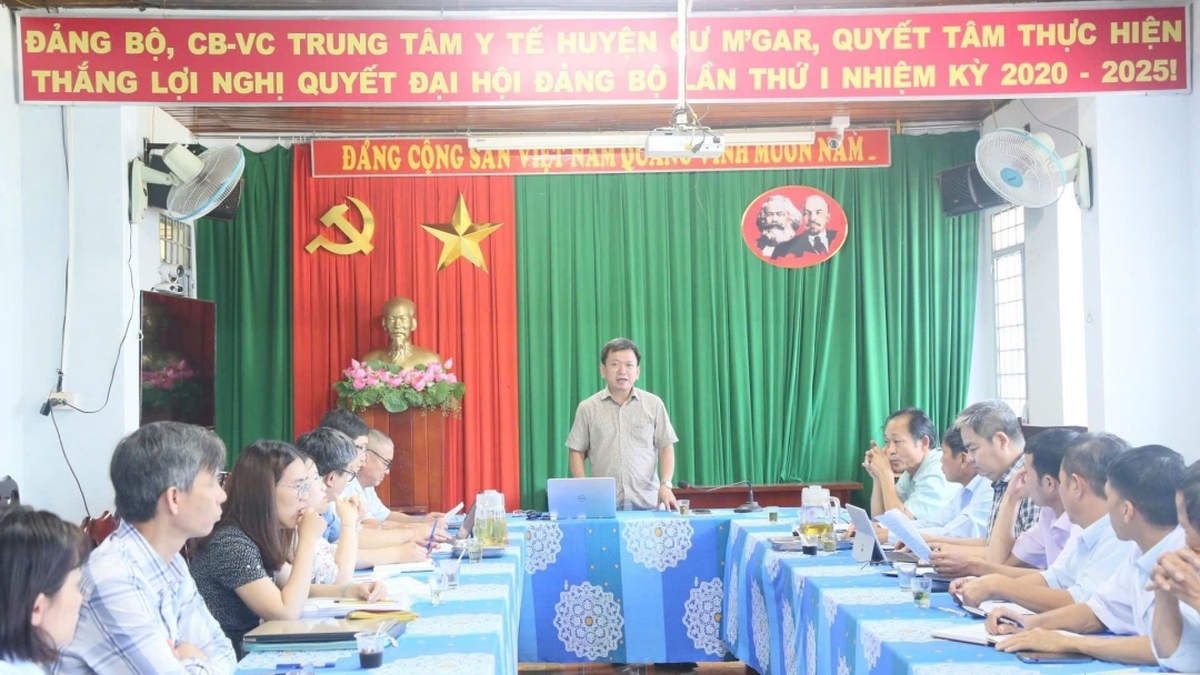

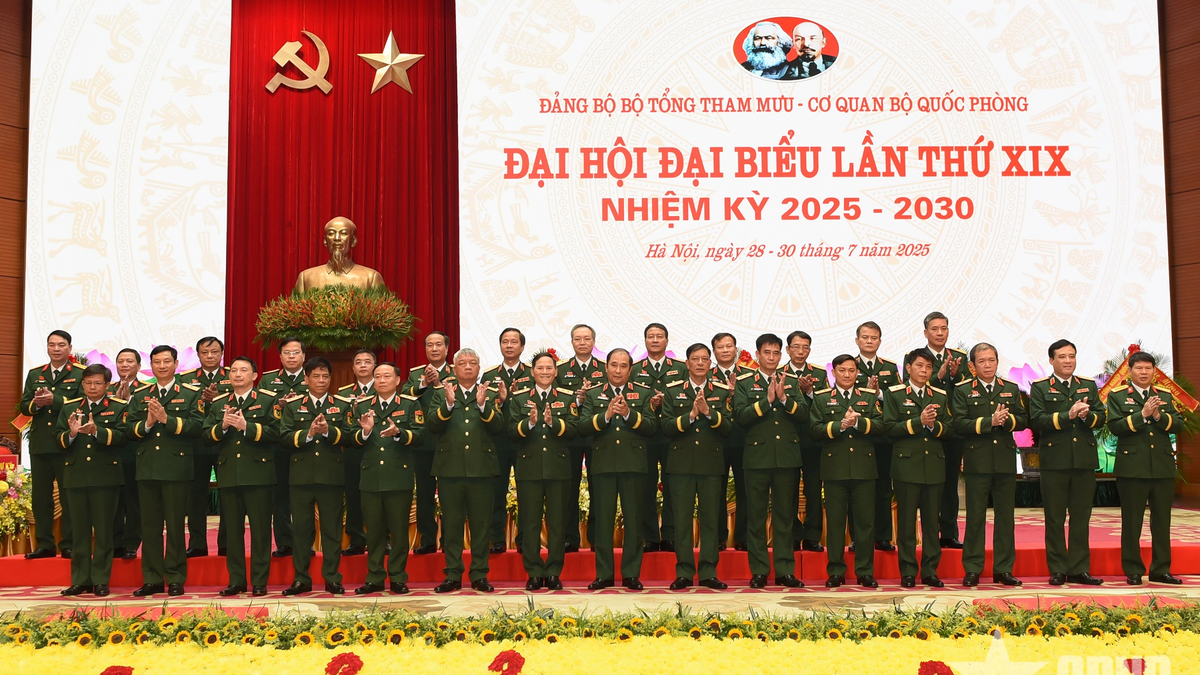

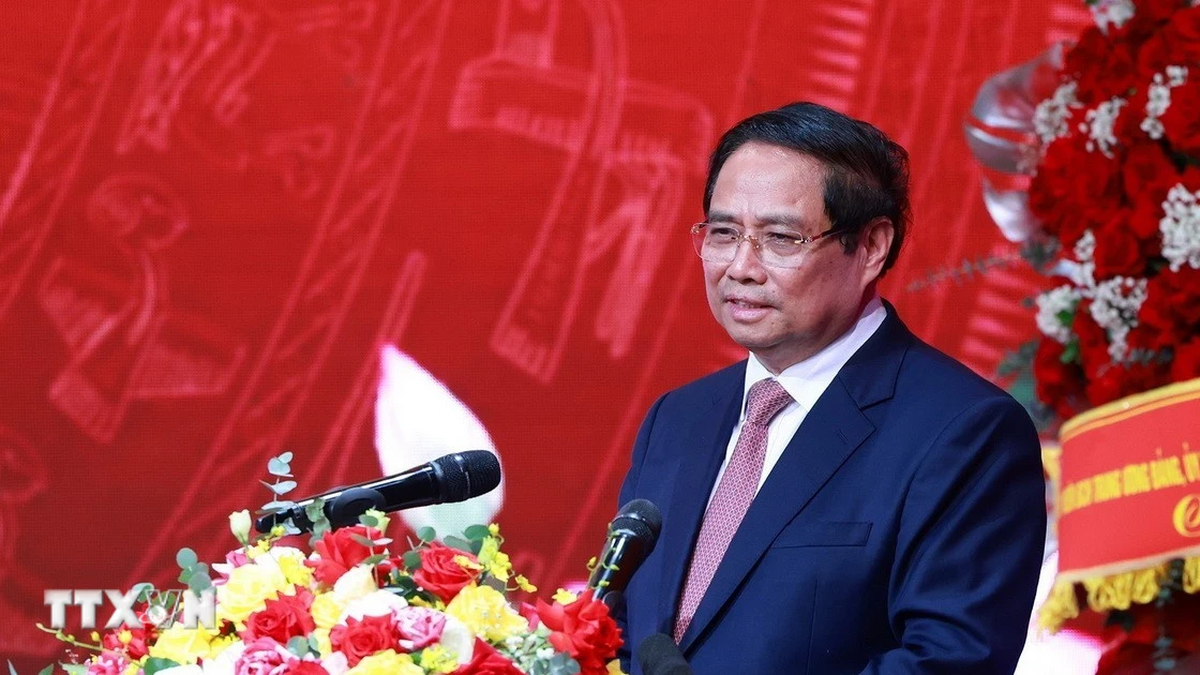












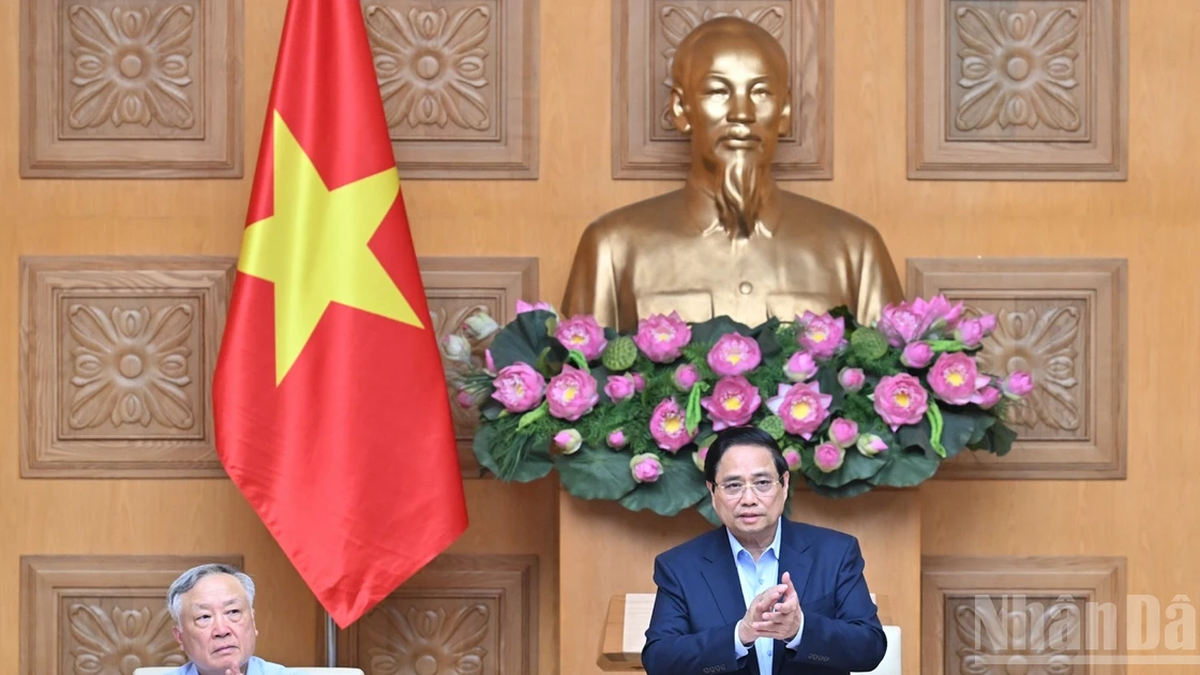
![[Photo] National Assembly Chairman attends the seminar "Building and operating an international financial center and recommendations for Vietnam"](https://vphoto.vietnam.vn/thumb/1200x675/vietnam/resource/IMAGE/2025/7/28/76393436936e457db31ec84433289f72)


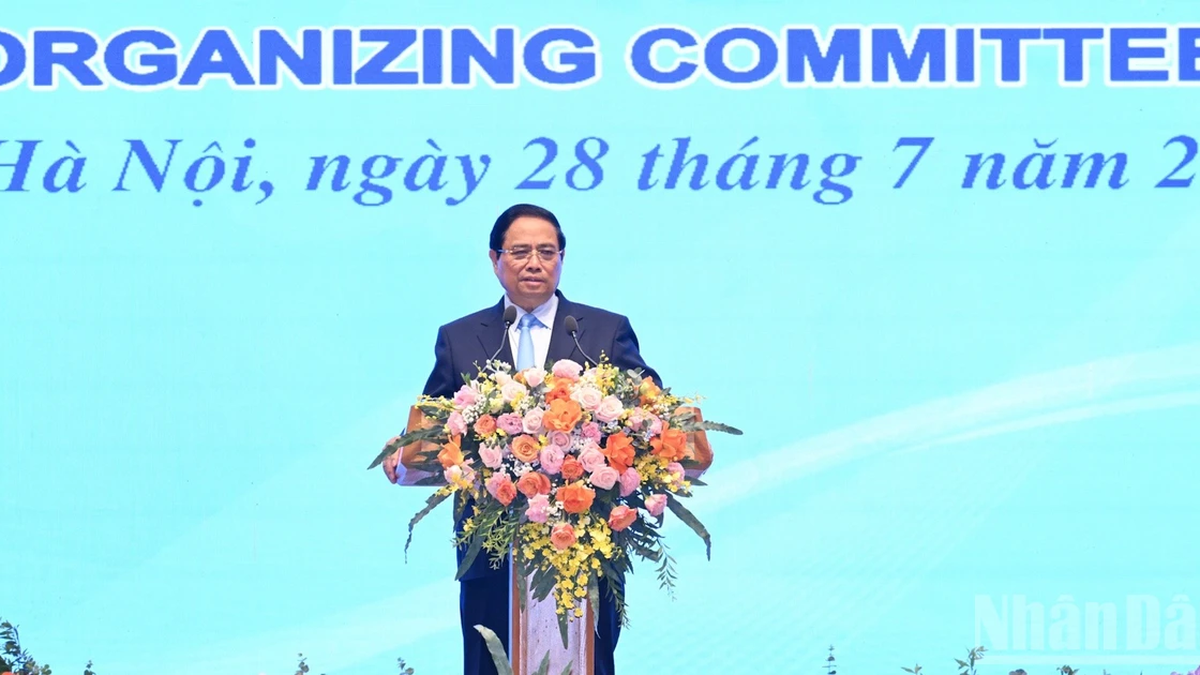
























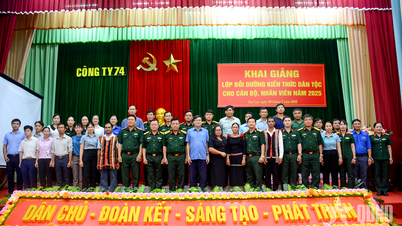


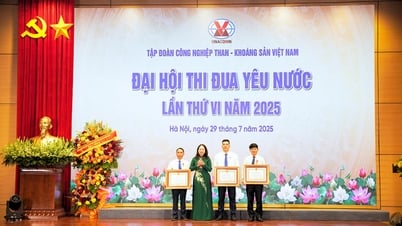





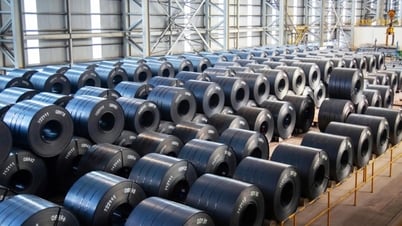



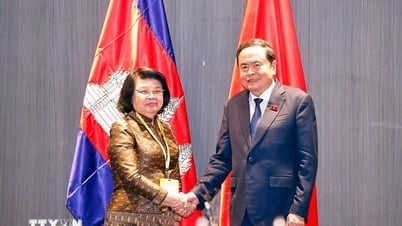

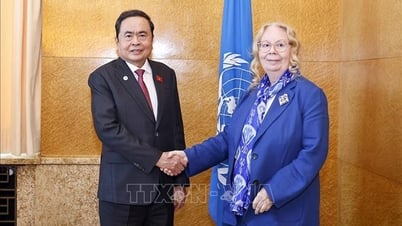











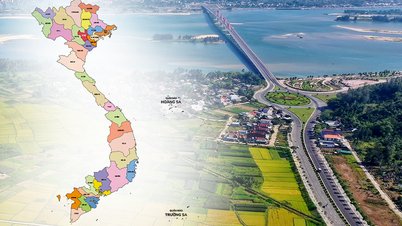



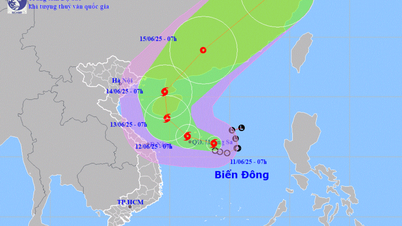



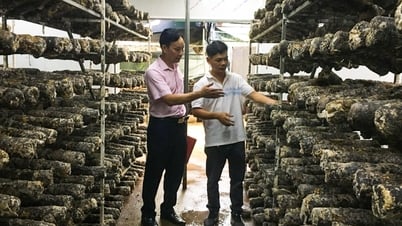

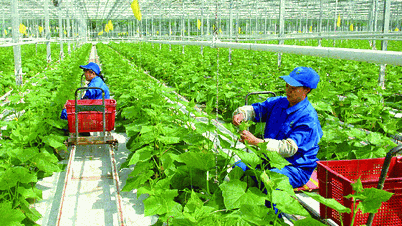


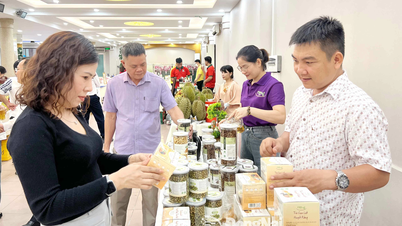








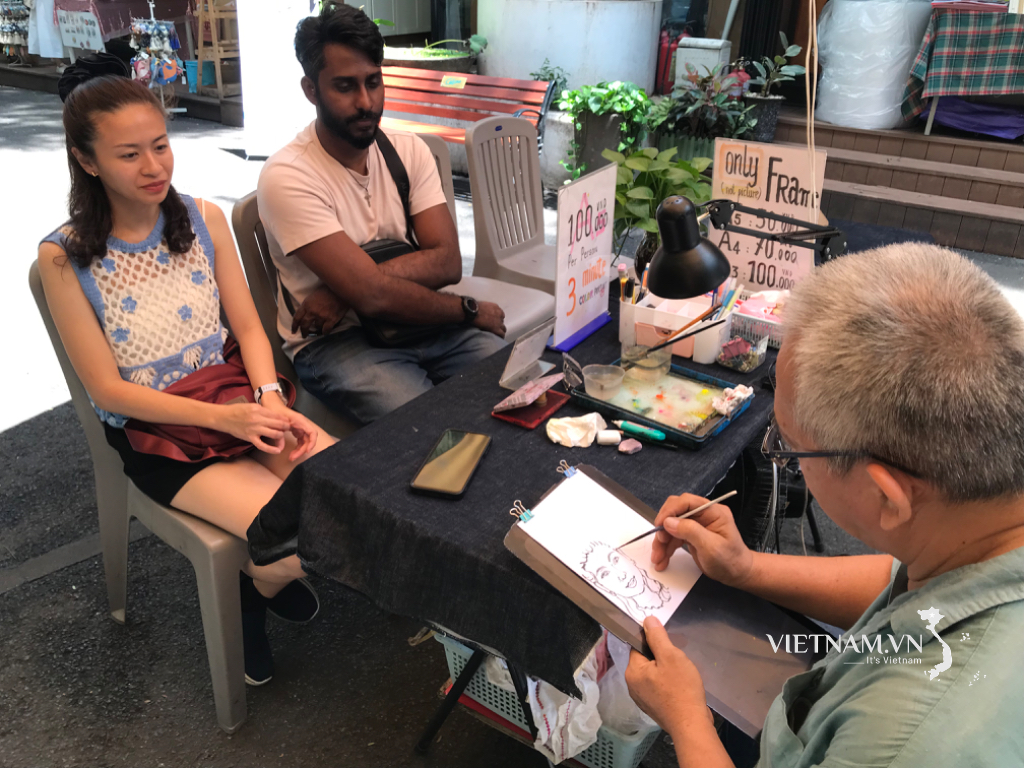
Comment (0)